Beef Wellington
Beef Wellington consists of filet beef wrapped with mushroom puree (duxelles), and finally wrapped with puff pastry and baked.
Servings: 4 People
Calories: 1276kcal
Ingredients
- 600 g Beef fillet
- 1 tbsp olive oil
- 2 sprig Rosemary / Thyme
- 1 Butter
- salt and pepper to taste
- English mustard some
- 2 egg yolk
For Pastry:
- all butter puff pastry enough to wrap the whole fillet
For Crepe:
- 70 g Plain flour
- 2 Egg
- 1 tsp caster sugar
- 1/2 tsp Salt
- 1 tbsp Chive
- 125 ml milk
- 60 ml water
- 3 tbsp Butter
For Mushroom duxelles:
- 15 g Butter
- 1/2 Onion about 70g
- 400 g Button mushroom
- 1 tsp Thyme
- 150 g Chestnuts
- Salt to taste
For Madeira Sauce:
- 15 g Butter
- 2 shallot
- 100 ml Madeira
- 5 g Thyme
- 300 ml Beef stock
- salt and pepper to taste
- Flour
Instructions
Prepare ingredients:
- For beef: Cut off the sinew and excess fat on the surface. A string can be used to help keep the fillet shape.
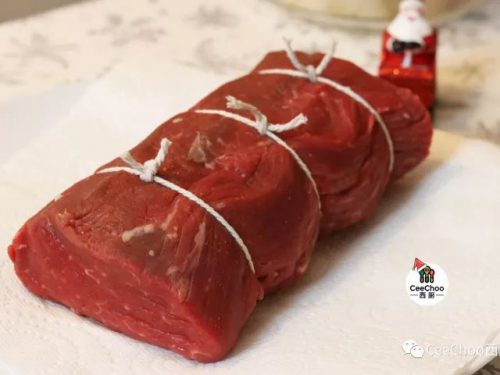
- For crepes: Melt the butter to liquid with a microwave.For mushroom puree layer: mince onion, preferably with a blender; mince mushrooms and chestnuts, also best with a blender; mince leaves of fresh thyme.

- For sauce: Peel and chop red onions; chop fresh thyme leaves; if using concentrated beef stock, you need to dilute it to the required amount in advance according to the packaging instructions.
To make savoury crepes:
- In a large bowl, beat together flour, eggs, sugar, salt and chives. Add milk, water and butter and beat with a whisk until smooth.
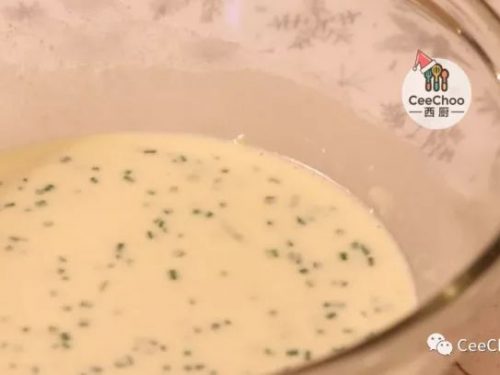
- Turn on medium heat and heat a frying pan. Put a little butter and brush the entire bottom of the pan with kitchen paper. Pour in the right amount of batter (if the pan is the same size as ours, then it should be just right after pouring 50ml each time), and immediately turn the pan handle so that the batter evenly covers the entire bottom of the pan. Fill in the uncovered areas with batter.
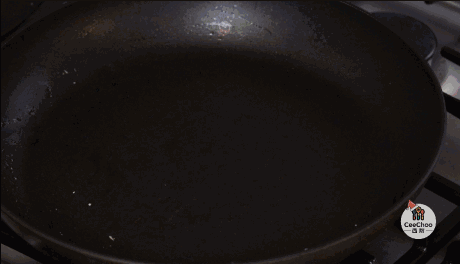
- Lift the edge and look at the bottom. If there is a beautiful light brown texture on the bottom, and the batter on the top is basically solidified and the edges are hardened. Fry for about 1 minute after turning.
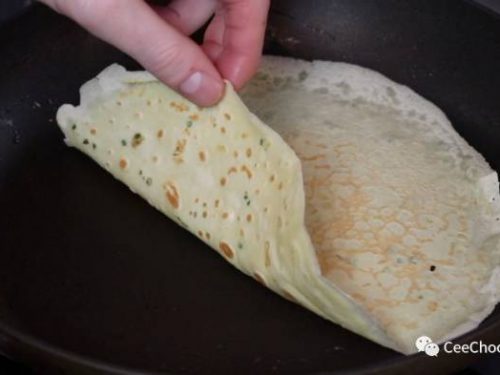
- During frying, be sure to control the pan temperature. And evenly apply a layer of butter with kitchen paper before adding mixture.
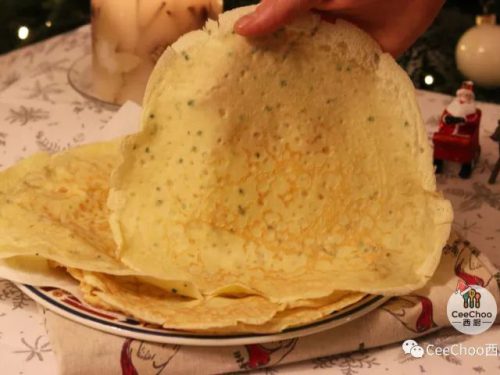
- Finally, the crepes can be cut into rectangles for easier wrapping.
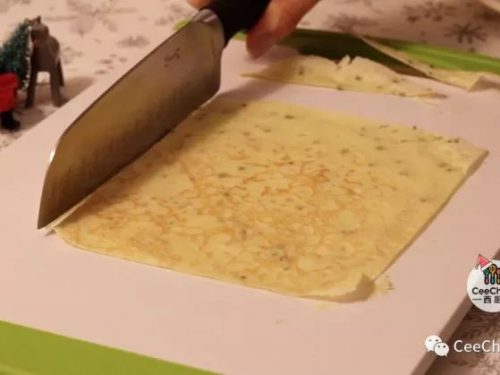
Searing beef fillet:
- Use kitchen paper to blot the surface moisture of the beef, sprinkle evenly with salt and black pepper to taste. Add olive oil to the pan, heat the oil till hot (must be very hot), add beef tenderloin and fry until the whole surface is light brown. Butter can be used for better colouring. The two ends should be erected and fried. Note: This step is called sear, the purpose is not to cook beef, but to increase the flavor by forming a charred layer through Maillard reaction.
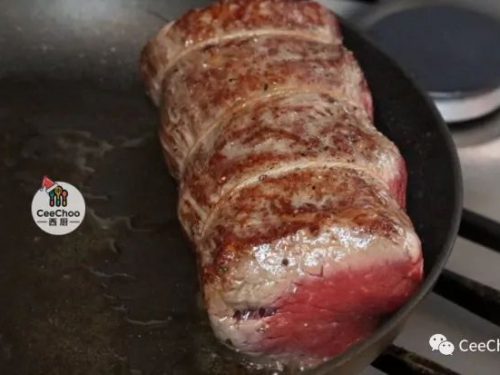
- Add butter and rosemary (or thyme) before leaving the pan. Brush the meat with herbs and butter.
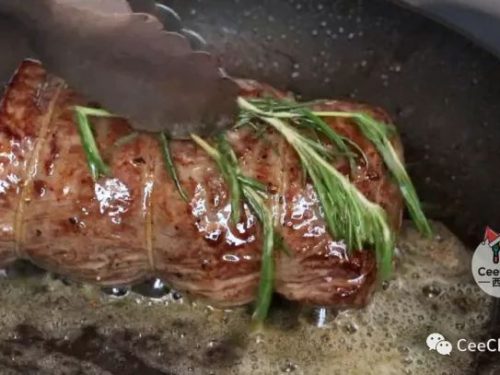
- After frying, brush a layer of English mustard sauce over the beef and set aside.
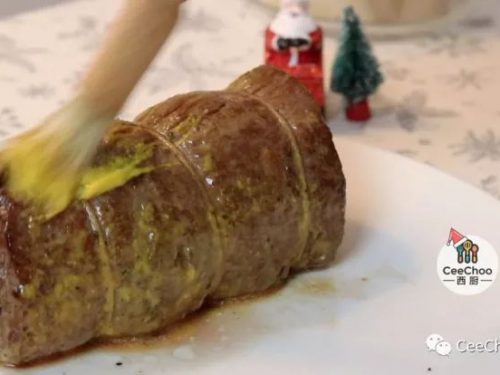
Making the mushroom layer | duxelles:
- After the mushrooms are cut into small pieces, put them in a blender and mix them with the ripe chestnuts until they are pureed. If you don't have a blender, use a knife to chop up as much as possible.
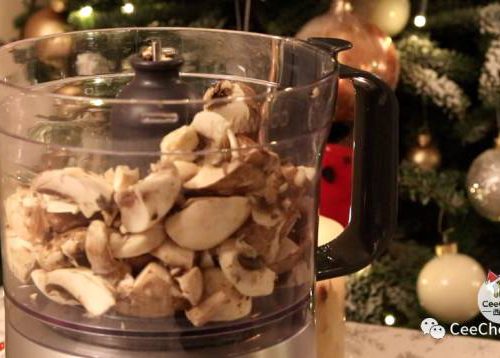
- Turn on medium-low heat on frying pan and add butter. Add the onion after the butter has melted. Stir-fry for about 5 minutes. Reduce to medium heat, add mushroom puree, add thyme and completely evaporate visible water. Slightly lower the heat and cook further. Cook until it looks like the picture below (it takes about 30 minutes) Season with salt and let cool.
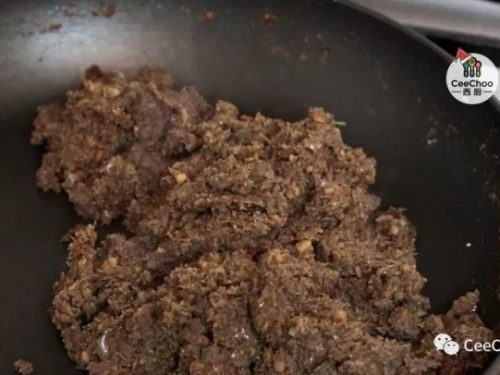
Wrap mushroom layer and crepes:
- Spread a layer of crepes on the plastic wrap. Use scissors to trim out the appropriate width and length (slightly larger than the size that just wraps the whole beef tenderloin). The crepes need to overlap slightly.
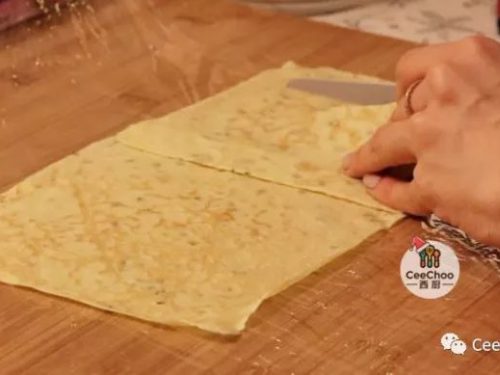
- Evenly apply a layer of mushroom puree in the middle of the crepe. The width and length of the cover should be enough to wrap the beef tenderloin, which means that there will be a certain space on all four sides.
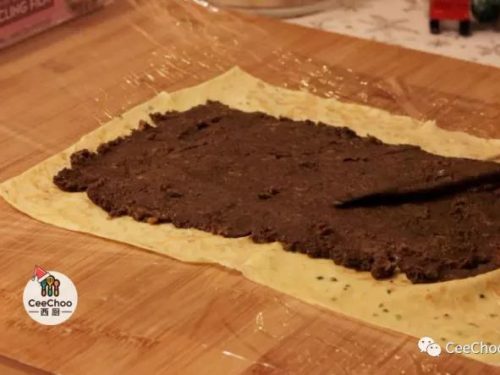
- Use plastic wrap to roll up, like the picture below. If there are still extra crusts when the crepes overlap at both ends, the extra parts need to be cut off.
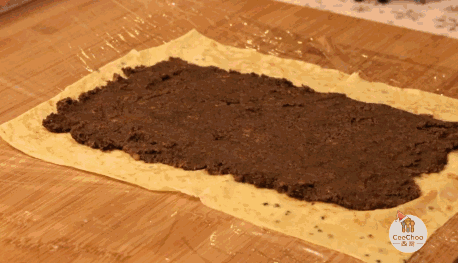
- Tighten the plastic wrap at both ends and fix with string when needed. Leave in the refrigerator for at least 30 minutes.
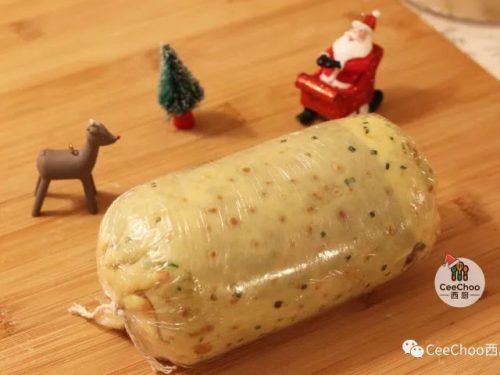
Wrap in pastry:
- After tearing off the cling film, cut off the extra pie crust along the ends of the beef. Set aside.
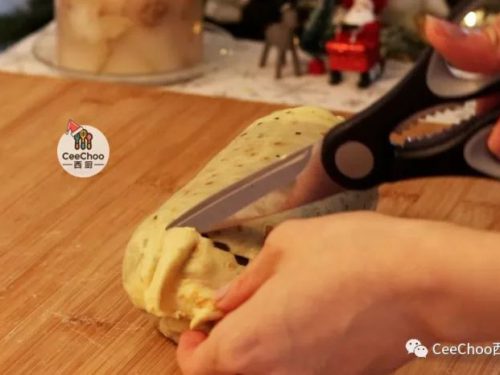
- Spread a piece of plastic wrap and puff pastry (the pastry should be at least enough to completely cover the beef). Brush a layer of egg yolk evenly on the pastry, so that the crepe layer can stick to the pastry layer.
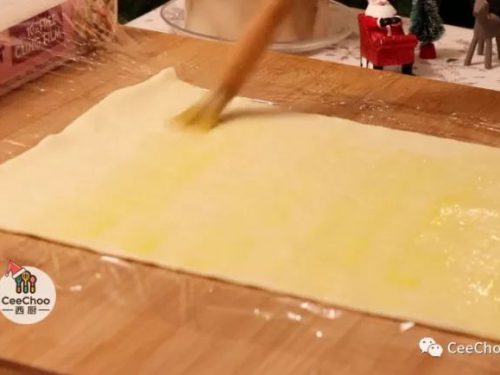
- Put beef on top and roll up until the pastry overlaps at both ends. Cut out excess pastry like this:
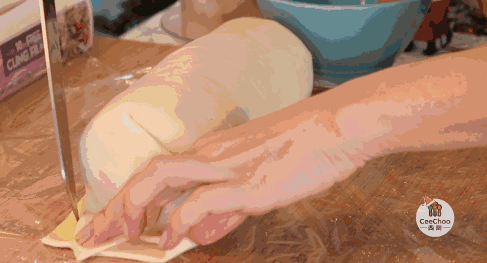
- Pastry should be completely wrapped to ensure that it will not leak during the baking process. Also wrap it with plastic wrap and tighten the ends, and let the refrigerator set for at least 30 minutes.
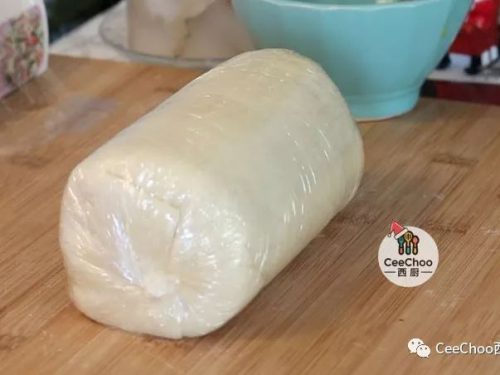
- Decorate with extra pastry. You can make some simple "leaves" like we do. Keep in the refrigerator to keep.
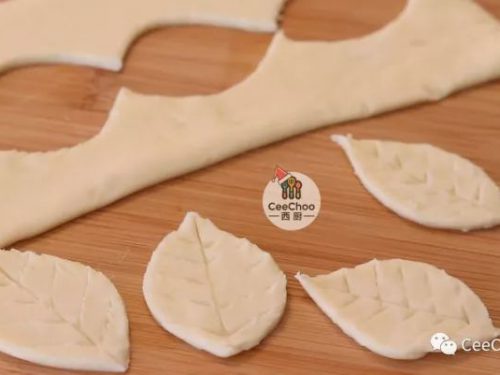
- Preheat oven 200C (oven with fan) / 220C (traditional oven). The baking tray is also preheated in the oven.
- Remove the beef from the refrigerator, remove the cling film and place it on the baking paper (the baking paper is preferably about the size of a baking tray). Brush the egg yolk liquid evenly (the colour will be darker with egg yolk liquid), then use a knife (non-blade side) to draw the favourite pattern on the pastry (be careful not to cut it inside).
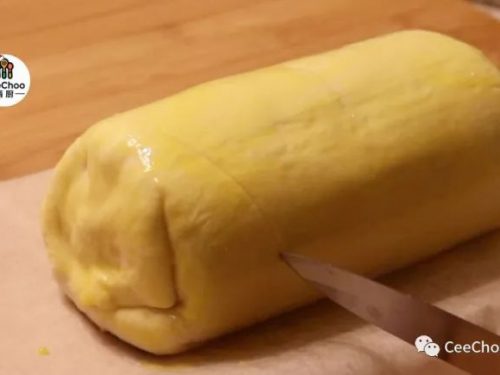
- Paste the "leaf" decoration, and also apply a layer of egg yolk on the "leaf". Sprinkle coarse salt on the surface and put it into a preheated baking tray with baking paper. Put it in the oven for 35 minutes. Adjust the time according to the weight and thickness of the meat and the personal preference.
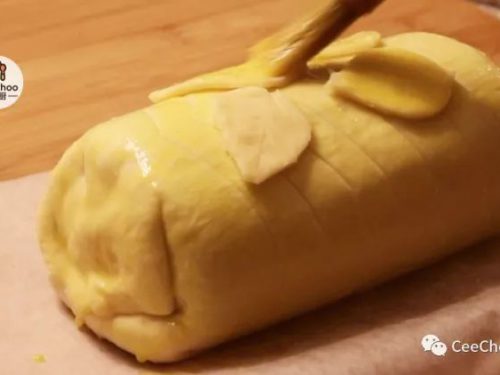
- You can refer to our cooking time: the beef is 600 grams, the diameter is about 8 cm, the roasting time is 35 minutes, and the doneness is medium. A temperature probe can also be used to help test the maturity. Rare: 50 ~ 55C; Medium rare: 55 ~ 60C; Medium: 60 ~ 65C; Well done: 65 ~ 70C. (Note: The temperature will rise a bit during standing.)
To make the sauce:
- On medium heat, add butter to the saucepan. After the butter has melted and foamed, add shallots and saute for 2 to 3 minutes until softened. Add Madeira and thyme and mix well. Boil and cook until the alcohol evaporates and the liquid volume is halved. Add the stock, reduce the heat after boiling for about 20 minutes and the sieve.
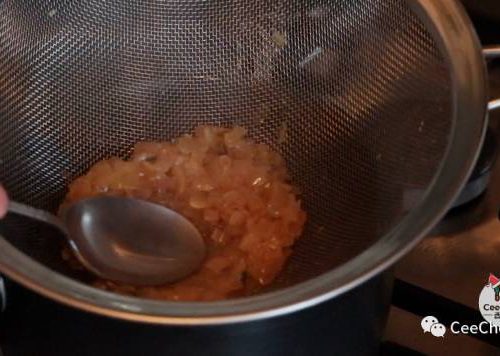
- After sieving, pour the sauce back into the saucepan to reduce. If the sauce is reduced only by evaporation, it is more time-consuming and the amount of sauce may not be enough, so here it is recommended to add cold butter flour paste (Beurre manie) to thicken. Add the cold butter flour paste to the sauce one by one and beat it with eggbeater until it is suitable for consistency. To make a cold butter flour paste (Beurre manie), you only need to mix the butter and flour in a 1: 1 amount to a smooth paste without dry powder. The most suitable sauce consistency: The sauce can hang on the spoon, use your fingers to quickly draw a line on the spoon, there are scratches and the sauce will slowly run down and eventually overwhelm the scratches. Taste, season with salt and black pepper as needed. Keep warm.
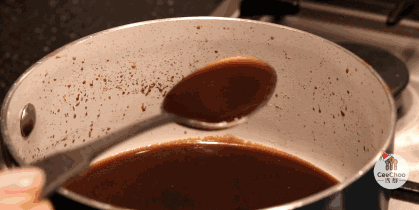
- After the beef is roasted, take it out and let it sit for at least 30 minutes.
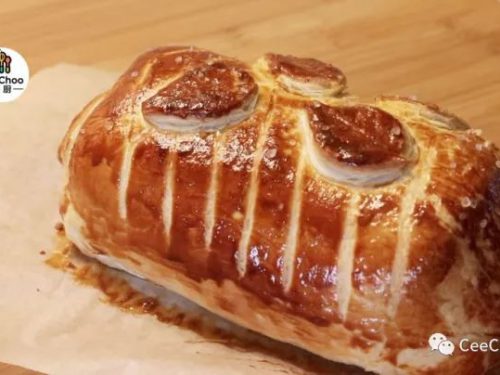
- Cut to enjoy. It is recommended to cut about 2 cm in thickness. Pour the sauce and match your favourite side dishes to enjoy. Here we have mashed potato and green leaf salad.
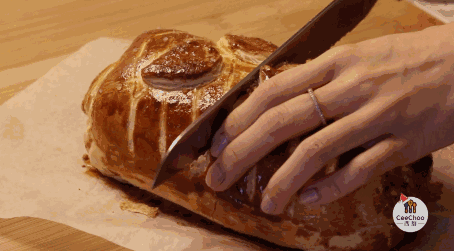
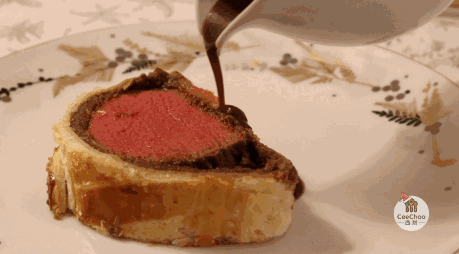
Video
Nutrition
Calories: 1276kcal | Carbohydrates: 63g | Protein: 42g | Fat: 92g | Saturated Fat: 32g | Polyunsaturated Fat: 20g | Monounsaturated Fat: 31g | Cholesterol: 366mg | Sodium: 1796mg | Potassium: 847mg | Fiber: 3g | Sugar: 7g
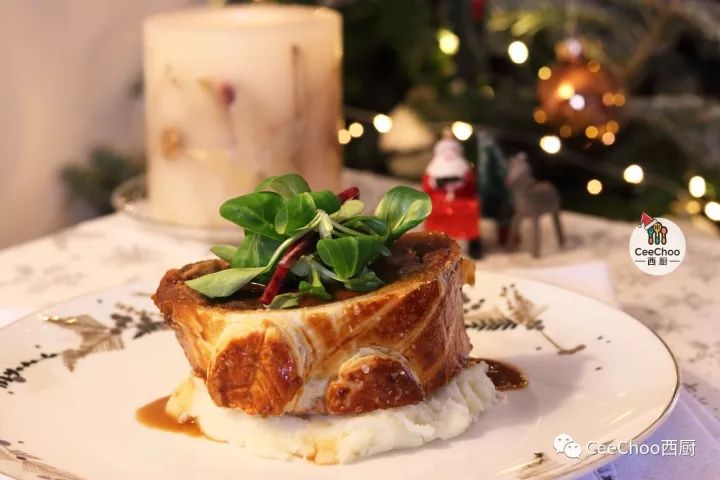

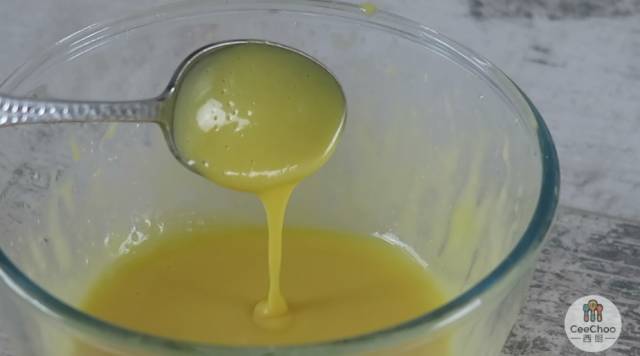
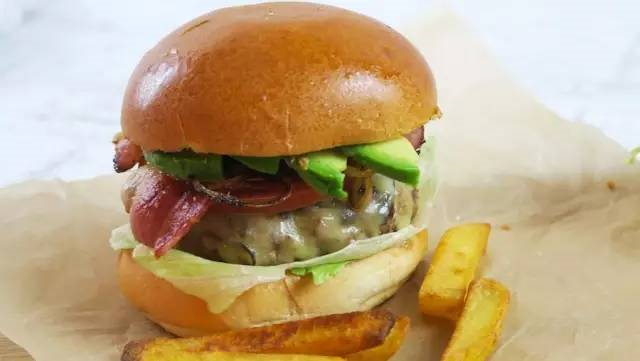


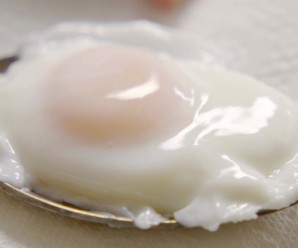
You must be logged in to post a comment.